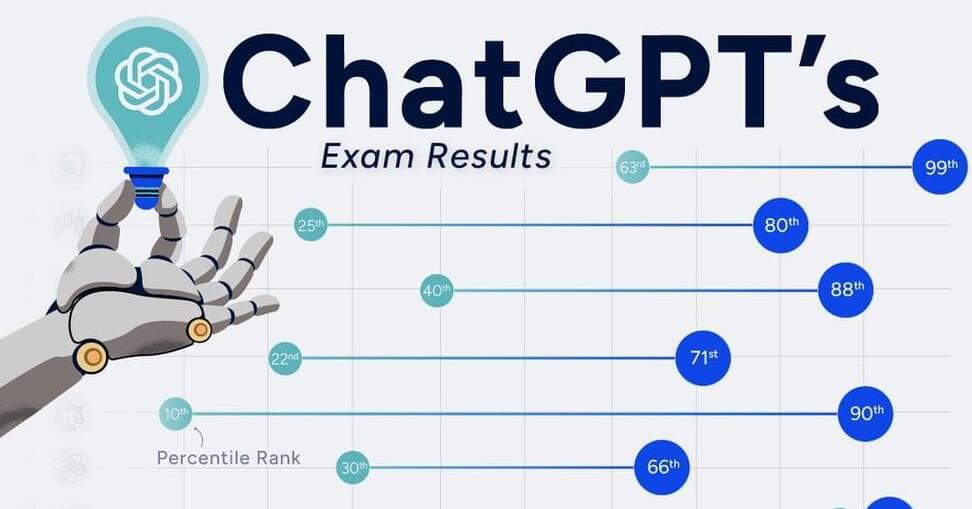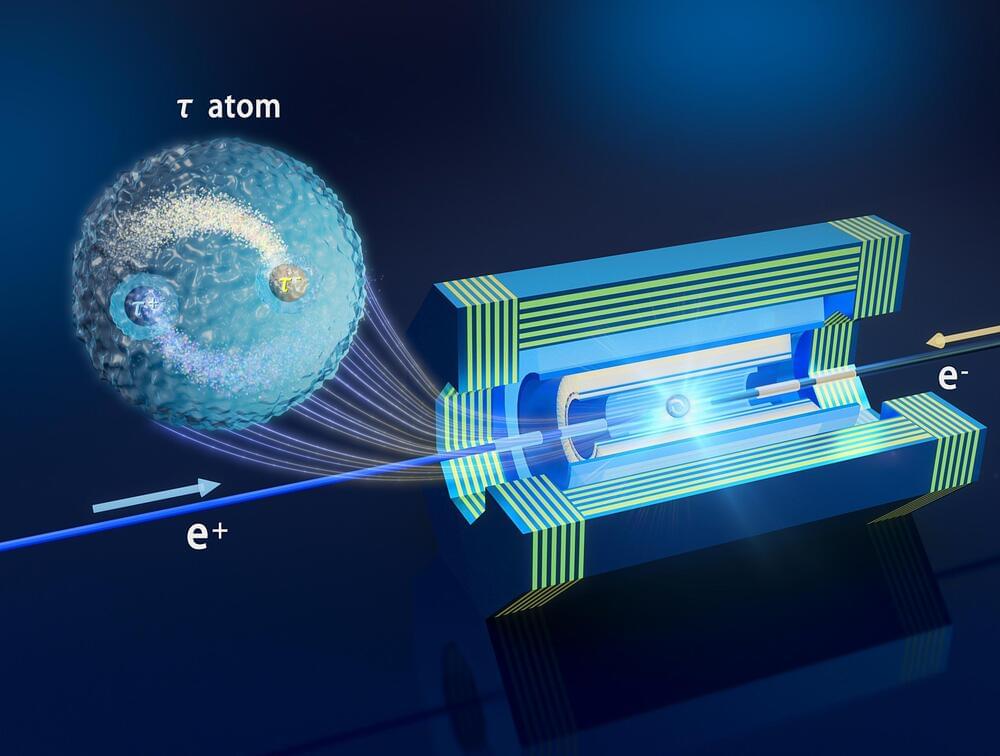Astronomers have identified seven star systems in our galaxy that could potentially host a Dyson sphere — a hypothetical megastructure an alien civilization could build around a star or black hole to capture most of its power in the form of radiation.
The concept, first proposed by theoretical physicist Freeman Dyson in 1960, could take on a number of different shapes, from giant cage structures to ring shells to constellations of mirrors.
Of course, it’s an entirely theoretical idea. After all, we haven’t even discovered the existence of extraterrestrial life, let alone an intelligent alien civilization.









